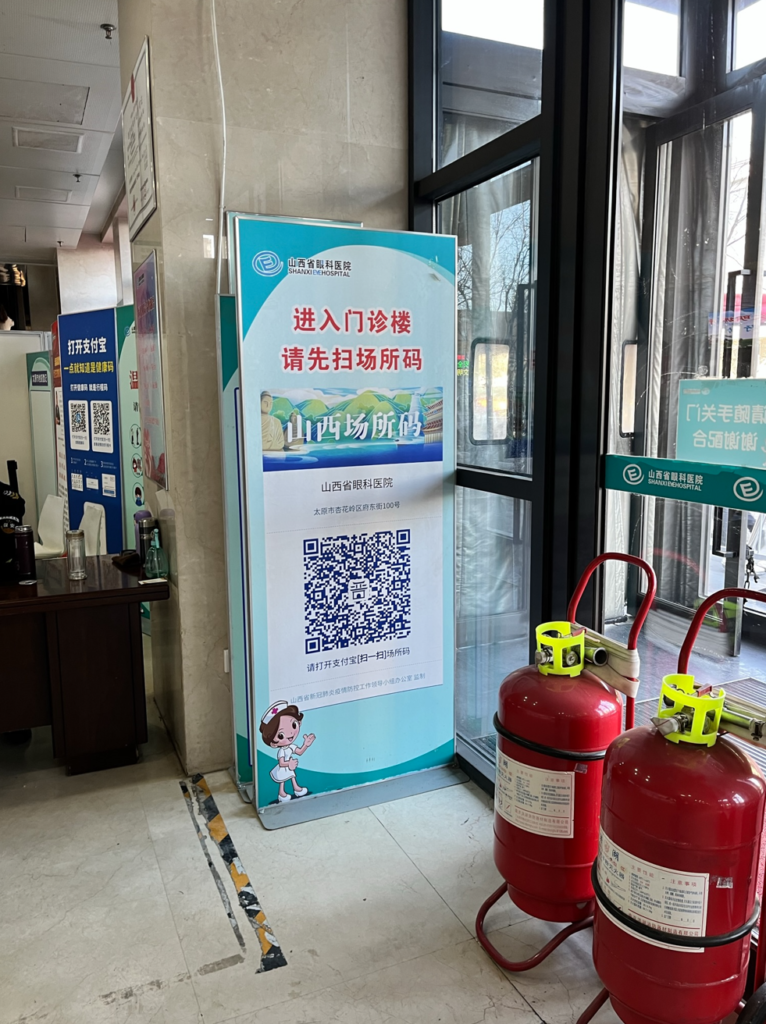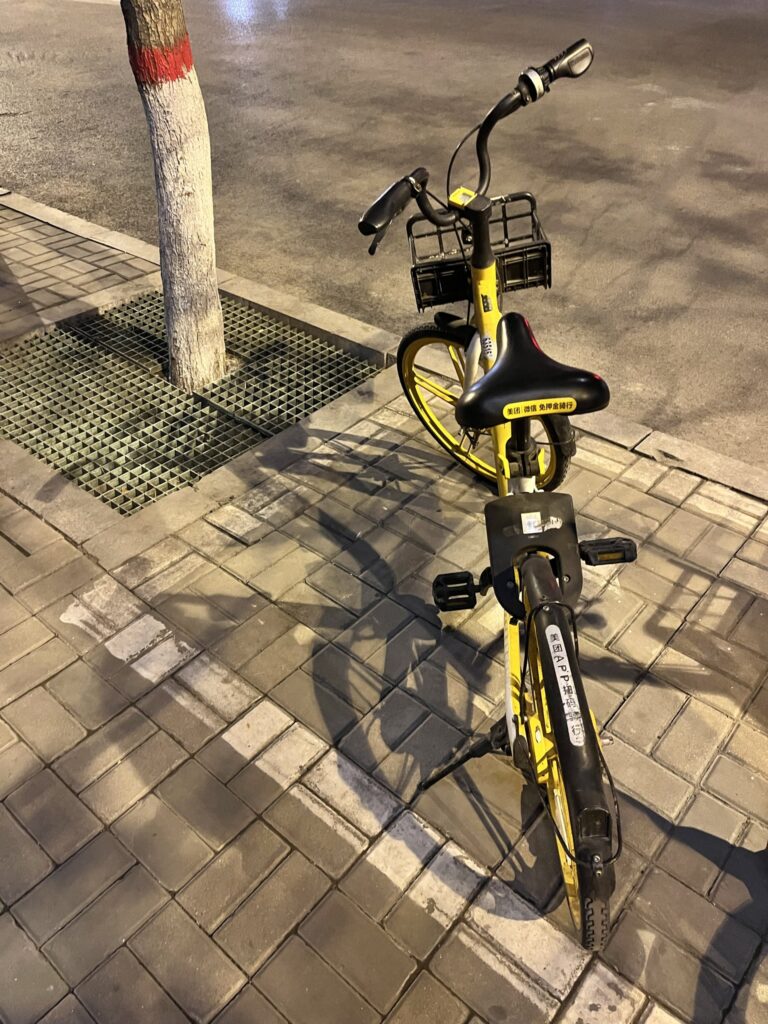Recently I travelled to China for the first time in three years. During the month-long stay (mostly in my hometown of Taiyuan), I became fascinated by the hyperlocal technologies there. From my point of view, the increasingly ubiquitous hyperlocal techs in China offered interesting examples of how such technologies can inject productivity and delight into people’s lives, so I wanted to share my observations.
Consolidating Sources of Location-specific Information
It is hard to spend a day in China without coming across a few QR Codes, most commonly on a sign on the wall or banner, and to be scanned by WeChat (other apps such as Alipay and MeiTuan are possible too, but less common). Started as a payment recipient ID device, the WeChat QR codes are now used as the point-of-entrance to a wealth of information about the place around you.
At a store, you may scan a QR code to access the store’s WeChat Mini Program to view inventory and discount information. On a bus, you scan the code to pay the fare and access route updates. At a library, a scan directs you to your e-library account. Even many governments paperwork can now be accessed via a scan and filled out online. Residents in China have now developed a habit of using their phones as the single terminal to access all the information around them, and in my opinion, this offers a fast and scalable way for businesses to deliver information to their customers, improve customer experience, and generate additional sales opportunities that wouldn’t have existed if customers just eyeball the physical space to see what the store has to offer.
Connecting IoT into the Hyperlocal Experience
Another interesting theme from my observations is the application of IoT technologies. Plugging your “everyday” city infrastructure and devices into the internet, the result is greater data availability.
Transportation is a good example. In Taiyuan, traffic lights are now reporting data to the city’s traffic network center, who then exposes data to Baidu Maps and other providers. This results in your map app being able to tell you how many seconds remains for your red light wait.
One other cool example is the use of drones for foot traffic monitoring at a popular tourist street, as seen in the city of Suzhou. I arrived at the street noticing a drone floating ahead, and some people told me they are used for real-time foot traffic monitoring to prevent overcrowding, and they can provide directions to ground staff if they need to be deployed.
Unlocking Hyperaccurate Location Scenarios
China completed its latest Global Navigation Satellite System (GNSS) called Beidou-3 in 2020. One of the perks of Beidou-3 is that in Mainland China, it provides positioning service with accuracy up to 10cm.
This home-grown high-accuracy location provider exposes its data for commercial use, and tech companies implemented some pretty interesting scenarios on top of it. One of them is the mobile map apps such as Baidu Maps, which built lane-specific navigation that will tell you which lane you are currently driving in, and which lane you should merge into. With adjacent lanes only 4-5m apart, this wouldn’t be possible without the high-accuracy location data.
Another example is Electric Fences designed to regulate bike share parking. I remember a couple of years ago when bike share was mushrooming in the city of Taiyuan, it quickly became a popular transportation option, but people would be parking them all over the place, sometimes blocking road access or sidewalks — it was a mess. Empowered by the high-accuracy location data, the city created designated bike share parking boxes (small pockets of road portions, usually 2-3 meters long and 1m wide), and bike share companies such as Hellobike installed Beidou-enabled chips onto bikes, so they can detect if bikes are correctly parked in the boxes.
Conclusion
My hypothesis is that these hyperlocal technologies are gaining popularity in China thanks to both upgraded infrastructure as well as evolving user habits. People would naturally welcome boosters of productivity and convenience in many scenarios in their lives, from transportation to dining, from shopping to socializing. Although there are still challenges to be addressed — such as protecting user privacy from the omnipresent tech products or improving the experience of accessibility-dependent demographics — as a product person, I see a lot of interesting takeaways from these observations and feel like perhaps some of these learnings can be applied in other parts of the world as well.





